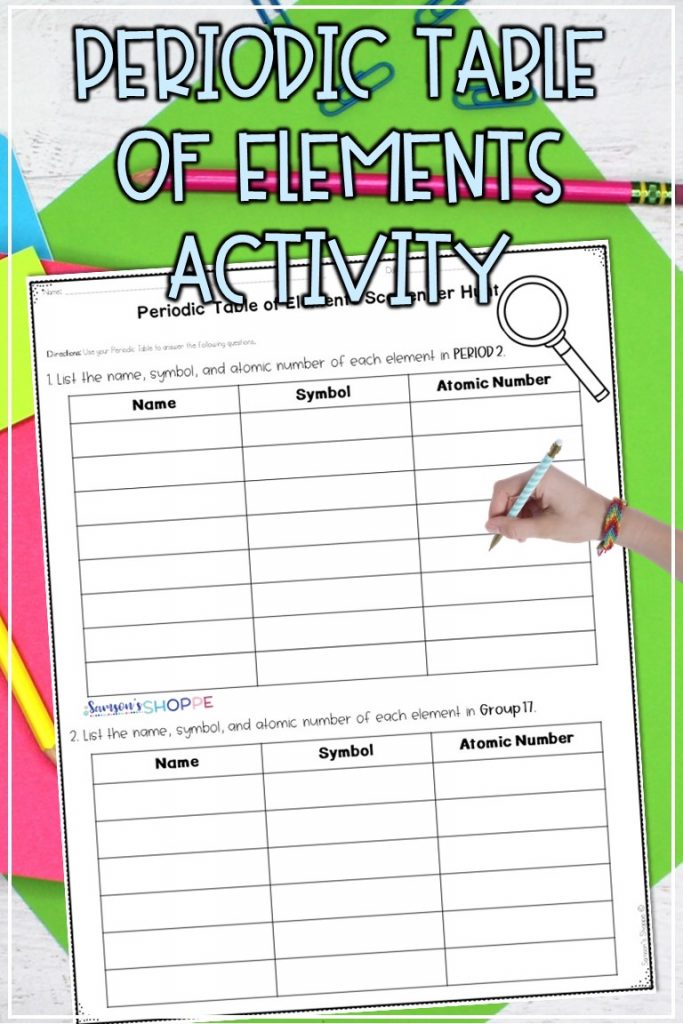
The periodic table of elements is a vital tool for understanding the most basic components that make up all matter. This comprehensive table contains 118 elements and is typically organized by their atomic number, chemical properties – such as reactivity – and electron configurations. As a teacher, it’s important to review this information with your students so they can truly understand the concepts being taught in class. Here are 3 ways to review the periodic table of elements with your students.
Reviewing the periodic table of elements
Give students choice in reviewing the periodic table of elements. Providing students with activities that will have them refer to the periodic table while they display their knowledge is a great way to review.
When giving choice assignments, you’ll want to make sure that they:
- Demonstrate their understanding of how to use the periodic table
- Research elements that are listed on the table
- Practice locating and identifying elements through periods, groups, symbols, atomic number, atomic mass, metals, metalloids, and non-metals
Some ideas for choice assignments include:
- Designing a poster that combines element symbols to create words
- Make a dodecahedron ball (see above) using elemental information found on the periodic table
- Summarize how to use the periodic table and why it is important
- Create a table for cereal, candy, or shoes
Getting to know where all 118 elements are on the periodic table can be difficult for students. So, in order to get them acclimated to periods, groups, atomic numbers, and symbols, have students go on a scavenger hunt.
The scavenger hunt will have students search for elements based on their:
- atomic number
- period
- group
- symbol
- period and group location
- metal, metalloid, or nonmetal
This activity is great because it requires minimal materials!
Use this in the classroom to:
- Introduce the periodic table
- Reviewing elements
- Extra support for struggling learners
- Homework assignment
- Sub plans
Group Projects
Group projects are another great way for students to review their knowledge about different elements on the periodic table.
For example, have them create a poster or presentation board explaining an element’s place in history or its importance today; research its uses in everyday life; or explain how it works chemically/physically within our environment. By breaking down difficult concepts into smaller pieces, it can help improve student understanding while making learning fun!
The periodic table of elements is an important part of any science curriculum, so it’s important for teachers to review this information with their students regularly.
There are many ways you can do this – from creating choice assignments to group projects – but whatever method you choose, make sure it’s engaging and enjoyable for everyone involved!
With these 3 methods for reviewing the periodic table of elements with your students, you’ll be able to ensure everyone understands this fundamental concept in science!
Don’t forget to grab the periodic table of elements freebie below! Use this activity to acclimate students to finding elements and becoming comfortable with the format of the table.

Get immediate access to these sketch notes!
Subscribe to my newsletter to use this resource with your students TODAY!
Welcome! Now check your email (including SPAM folders) to confirm your subscription.








